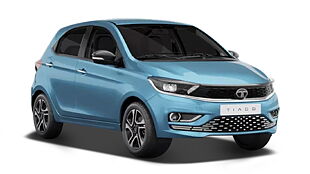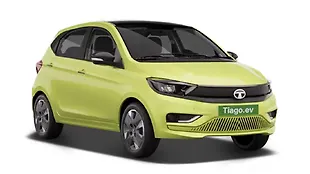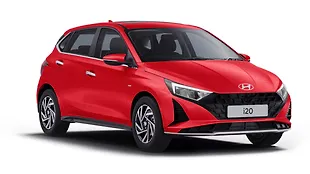
Over the years, the Maruti Suzuki Swift and the Hyundai i20 are the two strongest competitors in the hatchback segment. Hyundai introduced the third generation i20 in India just days before Diwali. Recently, Maruti Suzuki introduced the updated Swift in India to further strengthen the competition. Read below to learn more about the key differences.
Exterior
The 2021 Maruti Suzuki Swift does not get any major design upgrades as compared to the outgoing model. Changes are limited to sporty cross mesh with a bold chrome accent. The side and rear profiles remain unchanged. The top-spec ZXI+ is available in dual-tone colour option, which includes – Pearl Artic White with Pearl Midnight Black roof, Solid Fire Red with Pearl Midnight Black roof, and Pearl Metallic Midnight Blue with Pearl Arctic White roof.
The new generation Hyundai i20 is based on global design language, ‘Sensuous Sportiness’. The vehicle features edgy and sharp character lines that exhibit a confident and futuristic appeal. The strong character lines on the hood give the vehicle a definitive presence. Fresh design highlights include parametric jewel pattern grille, LED projector headlamps, and LED DRLs that create a premium and flamboyant interest. The vehicle is equipped with projector fog lamps with air curtains to offer enhanced safety and aerodynamics.
Interior
The Swift facelift gets premium silver interior ornamentation. The vehicle now features a twin-pod meter cluster and a new 4.2-inch multi-information coloured TFT display. Moreover, the updated Swift also offers a seven-inch Smartplay Studio infotainment system that combines smartphone, vehicle, and cloud-based services.
The Hyundai i20 gets leather steering with a satin chrome finish. Additionally, the vehicle gets interesting set of features, in the form of blue ambient light, leather seat upholstery, electric sunroof, oxyboost air purifier with air quality indicator, and wireless charging with a cooling pad. The unique centre fascia design features a 10.24-inch HD infotainment with a navigation system, and a digital cluster with TFT Multi-Information Display (MID).
Engine
The Maruti Suzuki Swift facelift is powered by the Next-Gen K-Series Dual Jet Dual VVT engine with Idle Start Stop (ISS) technology. The updated 1.2-litre engine now produces 89bhp (7bhp more than the outgoing model) at 6,000rpm and 113Nm of torque. The updated engine claims to deliver an improved fuel efficiency of 23.20kmpl in manual transmission and 23.76kmpl with the AGS transmission option.
The Hyundai i20 is offered with two BS6-compliant petrol and one diesel engine option. The 1.2-litre Kappa petrol engine produces 115Nm of torque at 4,200rpm. This engine is available in a five-speed manual and an IVT (Intelligent Variable Transmission) option. The manual variant generates 82bhp at 6,000rpm, while the IVT option produces 86bhp at 6,000rpm. The 1.0-litre Kappa Turbo GDi petrol engine produces 118bhp at 6,000 rpm and 172Nm of torque between 1,500 rpm to 4,000 rpm. This engine is available in 7DCT (Dual Clutch Transmission) and iMT (Intelligent Manual Transmission) options with a fuel efficiency figure of 20.25 kmpl and 20 kmpl respectively. The 1.5-litre U2 CRDi diesel engine produces 99bhp at 4,000rpm and 240Nm of torque between 1,500 to 2,750rpm. The engine comes mated to a six-speed manual transmission.
Conclusion
Among the two cars, the Hyundai i20 offers multiple drivetrain options and is better suited to appease car enthusiasts. Comparatively, the Maruti Suzuki Swift is a modest performer backed by a strong pan India service network. Both the cars have their own character and potential buyers can opt for either one of them based on their requirements.

![Hyundai i20 [2020-2023] Image Hyundai i20 [2020-2023] Image](https://imgd.aeplcdn.com/272x153/n/cw/ec/40530/i20-exterior-right-front-three-quarter-5.jpeg?q=80)
![Maruti Suzuki Swift [2021-2024] Image Maruti Suzuki Swift [2021-2024] Image](https://imgd.aeplcdn.com/272x153/n/cw/ec/54399/swift-exterior-right-front-three-quarter-64.jpeg?isig=0&q=80)
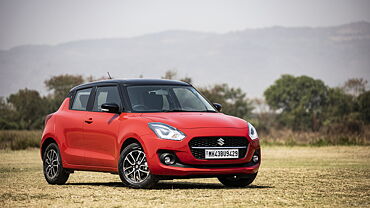
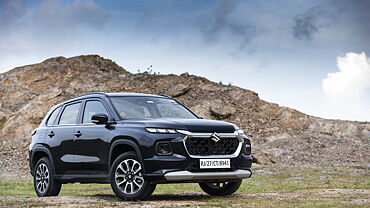
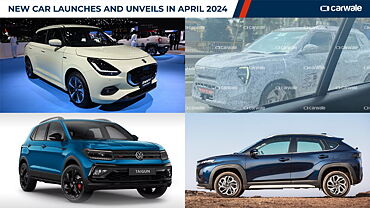
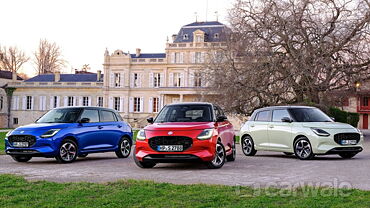






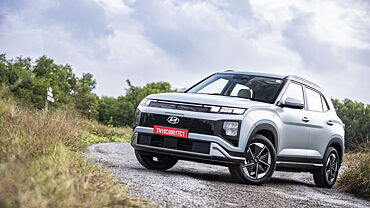

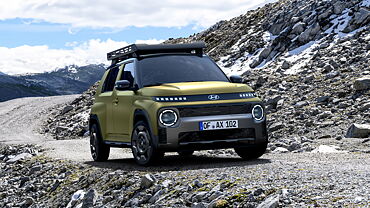

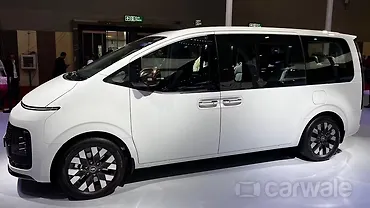
![Hyundai i20 [2020-2023] Right Front Three Quarter Hyundai i20 [2020-2023] Right Front Three Quarter](https://imgd.aeplcdn.com/199x112/n/cw/ec/40530/i20-exterior-right-front-three-quarter-5.jpeg?q=80)
![Hyundai i20 [2020-2023] Right Front Three Quarter Hyundai i20 [2020-2023] Right Front Three Quarter](https://imgd.aeplcdn.com/199x112/n/cw/ec/40530/i20-exterior-right-front-three-quarter-7.jpeg?q=80)
![Hyundai i20 [2020-2023] Right Side View Hyundai i20 [2020-2023] Right Side View](https://imgd.aeplcdn.com/199x112/n/cw/ec/40530/i20-exterior-right-side-view.jpeg?q=80)
![Hyundai i20 [2020-2023] Dashboard Hyundai i20 [2020-2023] Dashboard](https://imgd.aeplcdn.com/199x112/n/cw/ec/40530/i20-interior-dashboard.jpeg?q=80)
![Hyundai i20 [2020-2023] Steering Wheel Hyundai i20 [2020-2023] Steering Wheel](https://imgd.aeplcdn.com/468x263/n/cw/ec/40530/i20-interior-steering-wheel.jpeg?q=80)



